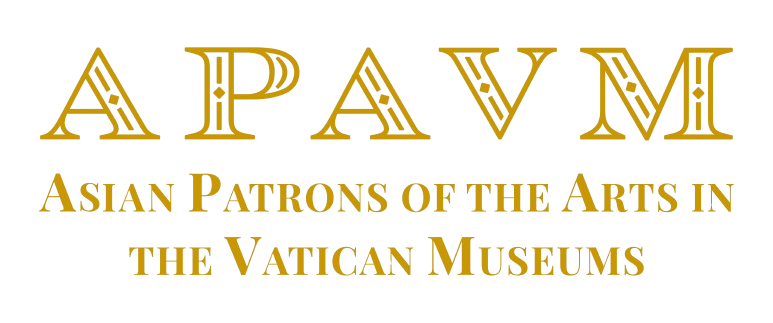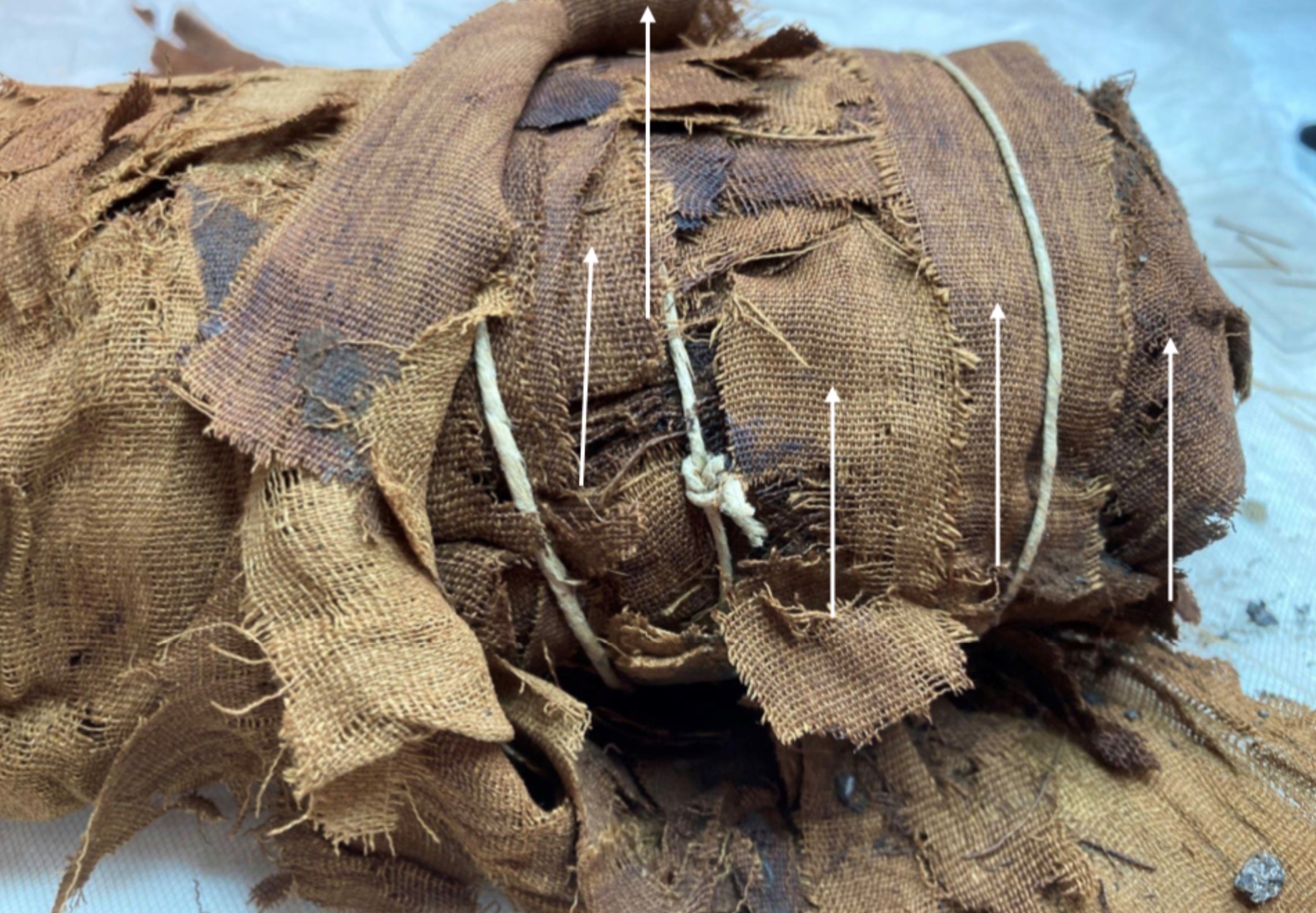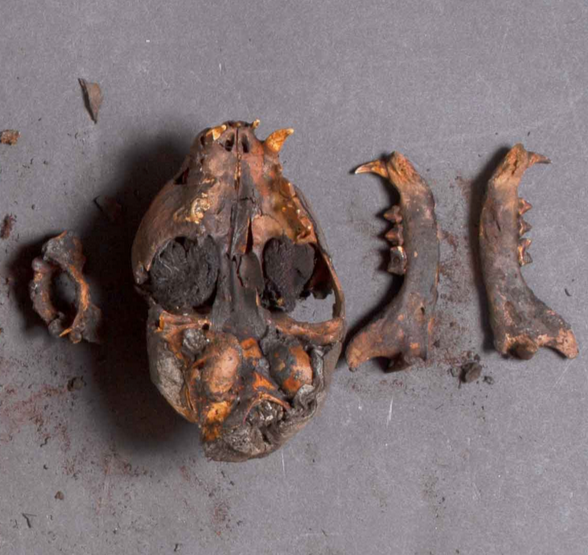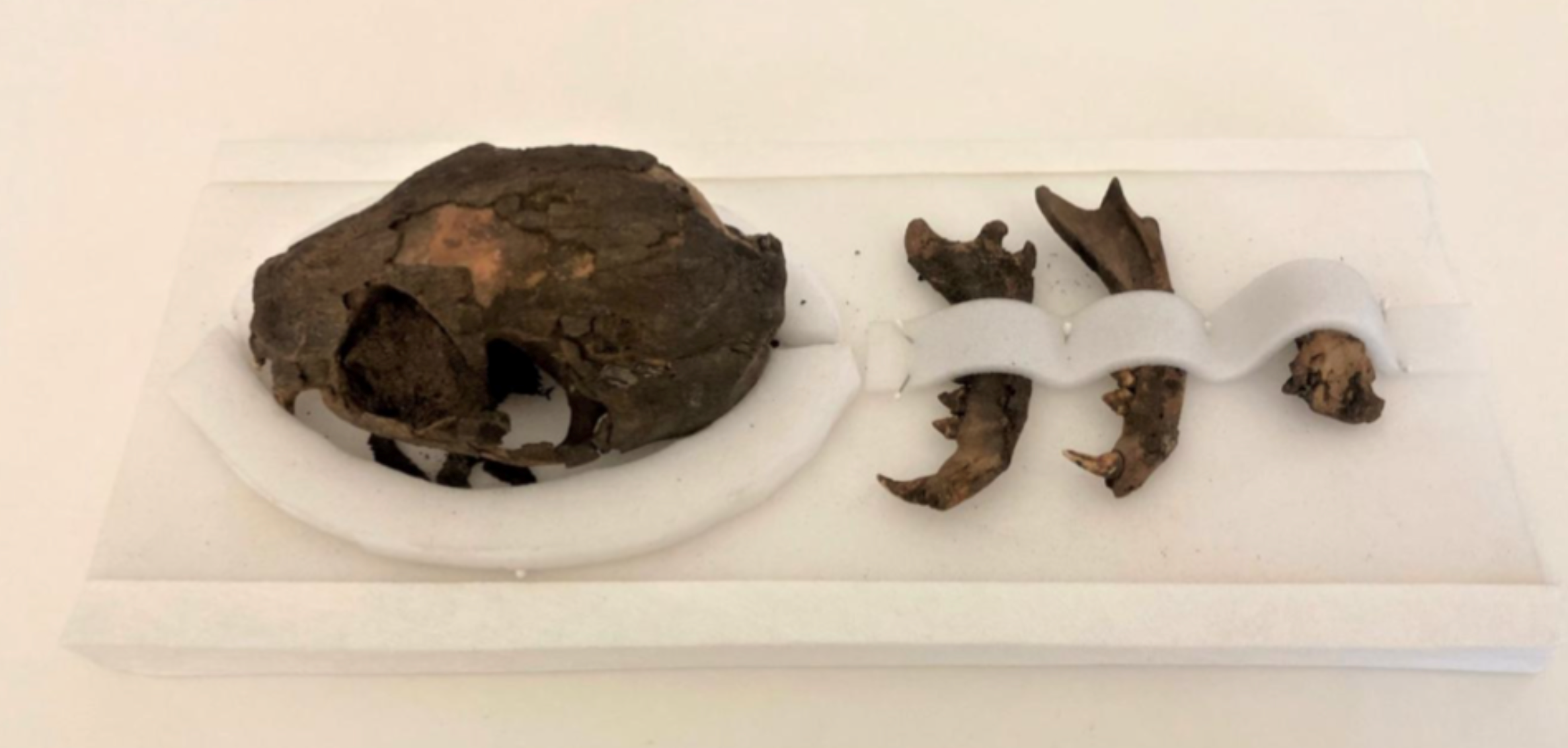Dear Patrons and Friends
Today we would like to pay a visit to a place where statues, sarcophagi, and paintings speak of the ancient Egyptian civilization, the land where the Exodus began and offered a haven for the Holy Family: the Gregorian Egyptian Museum.
Founded on the initiative of Pope Gregory XVI in 1839, the Gregorian Egyptian Museum occupies nine rooms. It is a vital reference point for scientific and comparative research in the Museums. Every restoration project curated by this department contributes to knowledge enrichment on restoration theories and techniques. Thanks to the California Chapter’s adoption of the Cat Mummy restoration in 2020, they offer the opportunity to relive the excitement of the Pharaohs and one of their honored traditions.
Mummification in the ancient world was a widespread tradition imbued with deep religious significance and often performed by skilled specialists. Restorers Chiara Pavan from the Tapestry Restoration Laboratory and Chiara Fornaciari from the Paper Restoration Laboratory worked with Alessia Amenta, curator of the Vatican Museums’ Department of Egyptian and Near Eastern Antiquities, to bring this work to life.
Alessia Amenta will also tell us about the Vatican Coffin Project in a video excerpt taken from one of our exclusive Insiders Course episodes.
Let’s find out more!
CAT MUMMY
Final Restoration Report

Cat Mummy – Before Restoration
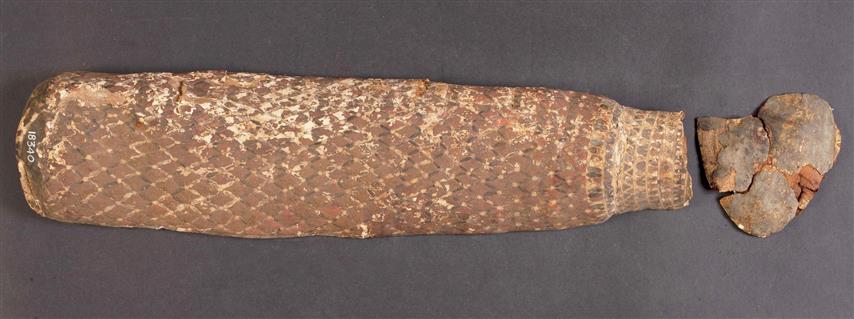
Cat mummy’s painted cardboard case – Before Restoration
The mummy, contained inside a sarcophagus made of bivalve cartonnage was broken at the neck.
It contains a skull (with tissue fragments inside the orbital cavities), and the wrapped body is in linen cloth bandages of different colors. The removal of the mummy allowed the inspection of the inside surface.

The mummy after the removal of the exterior cover of the sarcophagus
